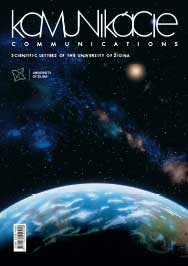Definition of Boundary Conditions for the Numerical Model of Transient Temperature field of a Concast Steel Slab
Definition of Boundary Conditions for the Numerical Model of Transient Temperature field of a Concast Steel Slab
Author(s): Frantisek Kavicka, Josef Stetina, Bohumil Sekanina, Milos MasarikSubject(s): Methodology and research technology
Published by: Žilinská univerzita v Žilině
Keywords: concast slab; boundary conditions; cooling characteristics;
Summary/Abstract: The solidification and cooling of a continuously cast billet, slab or cylinder (generally a concasting) is a very complicated problem of 3-D transient heat and mass transfer. This paper is focused on the derivation of boundary conditions, i.e. the values of the heat transfer coefficient (HTC) on all boundaries of the concasting machine (CCM). The definition of boundary conditions is the most difficult part of the investigation of the thermokinetics of this process. The boundary conditions in the numerical model of the temperature field of the concasting are defined as the heat transfer by convection. This HTC includes the so-called reduced convection coefficient corresponding to heat transfer by radiation. This paper therefore continues with a discussion on heat transfer coefficients under air-water cooling jets, which spray the concasting in the so-called secondary-cooling zone.
Journal: Komunikácie - vedecké listy Žilinskej univerzity v Žiline
- Issue Year: 14/2012
- Issue No: 4A
- Page Range: 13-17
- Page Count: 5
- Language: English

